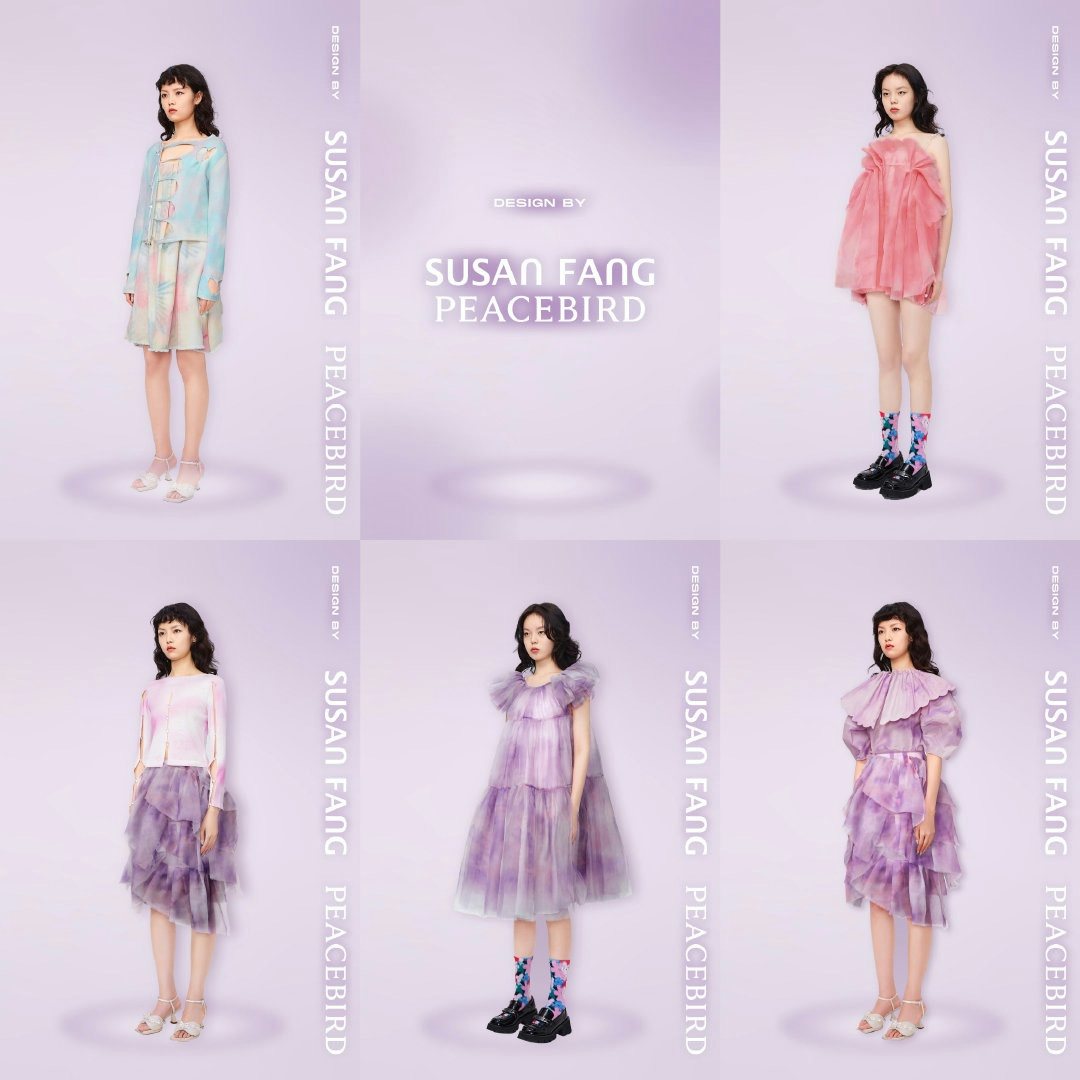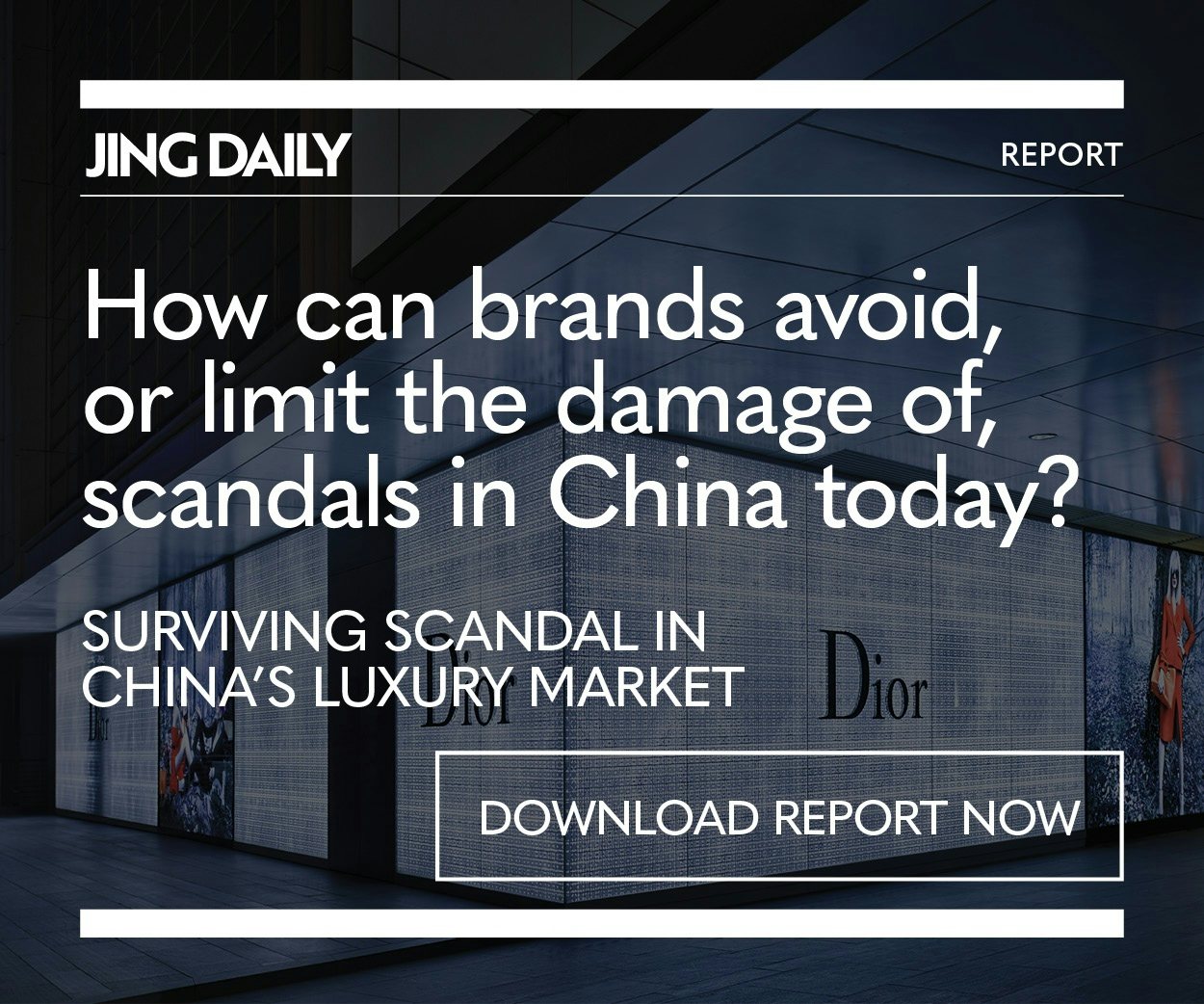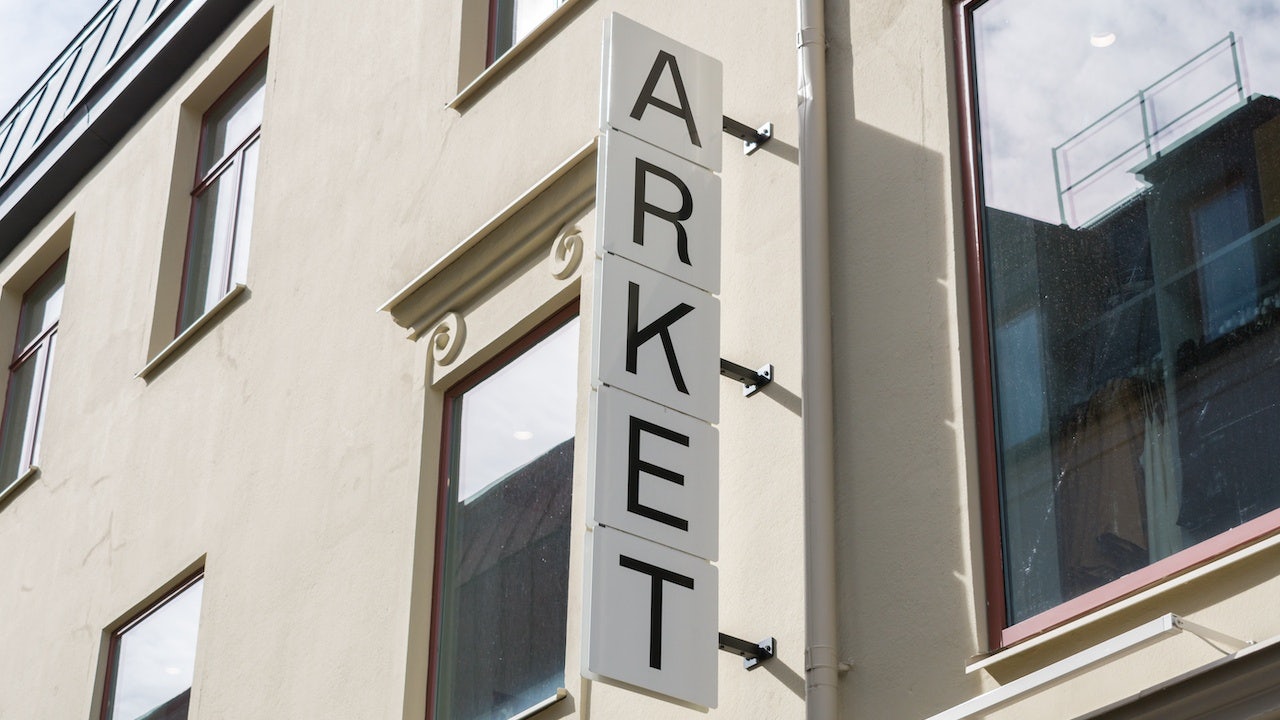Although China has been a lifeline for global fast-fashion chains for more than a decade, the likes of Zara, Uniqlo, and H&M face a very different – and much more challenging – market as the country gradually emerges from the latest round of COVID lockdowns. Facing massive rent hikes, general consumer apathy towards shopping, competition from e-commerce platforms and rising domestic fast- (and ultra-fast) fashion brands, and the surging popularity of secondhand luxury, foreign fast fashion may be in trouble.
Perhaps no international fast-fashion brand has been as hard-hit by China’s retail shift as H&M, which – during a difficult period that saw the brand singled out during the Xinjiang cotton controversy in March 2021 – closed some 60 stores (or around 12 percent of its total China locations) last year. Also in 2021, Urban Outfitters, Asos, and Gap-owned Old Navy made total exits from the market. But even the most dominant fast-fashion players have struggled to maintain ground, with Inditex withdrawing three of its portfolio brands – Bershka, Pull&Bear, and Stradivarius – from mainland China, shuttering their Tmall stores after closing all physical locations in the market earlier this year.
While international fast-fashion brands have largely blamed the disruption of the COVID-19 pandemic and the ballooning costs of maintaining physical locations for their China woes, the broader problem may be one of not just what Chinese consumers are purchasing, but how and why. This is a problem faced by brands across the pricing spectrum, even dominant global luxury brands, hoping for a revenue rebound in the second half of 2022.

According to Chinese-language media, a core problem facing global fast-fashion brands is a failure to innovate and evolve alongside their target consumers in China. With brands like Zara raising prices and a sort of fashion homogeneity taking hold – meaning foreign and domestic brands offer basically the same thing – a growing number of Chinese consumers are less motivated to shop at H&M, Zara, or Uniqlo when they can get similar basics from a domestic brand at a lower price. (Or simply buy a piece of secondhand luxury from one of the many local luxury resale e-commerce platforms.)
Meanwhile, local brands have moved quickly to launch well thought-out collaborations and attempt to offer some kind of value-add. Ningbo-based Peacebird, for example, has partnered up with French designer Coralie Marabelle and Dutch designer Mikey Wormack, as well as domestic Chinese talent like Calvin Luo, Xu Zhi, and Susan Fang. Another 13-piece collection created with hot local brand SHUSHU/TONG sold more than 17,000 pieces on Tmall, while a hashtag celebrating Peacebird collaborations (#太平鸟神仙联名) has nearly 23 million views on Douyin.
Another major obstacle facing foreign fast-fashion brands is the continued rise of brand nationalism in China, which ties into the oft-cited popularity of Guochao and was a driving factor in the “cancellation” of H&M and other brands last summer. According to a 2021 survey by PwC of Chinese aged 18 and over, 37 percent of respondents said they preferred to buy local Chinese brands, compared to 24 percent who preferred foreign brands and 40 percent who were indifferent. And while Zara recently rolled out a well-received collaboration with designer Susan Fang for the China market and H&M worked with local brand Pronounce last year, international brands are always at a disadvantage on the Guochao front compared to local players.

The shifting demands of Chinese consumers threaten to further squeeze major global fast-fashion brands and could force them to go the H&M route and close underperforming retail locations, with the focus moving towards premium portfolio brands like Inditex’s Massimo Dutti or H&M’s ARKET and COS. The other route, already explored by Zara and H&M, is ramping up in-country collaborations with local designers and brands, as well as pop-ups and social media-shareable experiences (such as ARKET’s popular in-store cafés).
It is unlikely that the market for fast-fashion will ever vanish in China – the consumer base is simply too big, as is the demand for affordable, trendy style. However, it will no longer be a given that the likes of Uniqlo, H&M, Zara and others will dominate this space by virtue of their foreign-ness. In the years to come, they'll need to work double-time to offer something that local brands simply cannot, at scale, or risk losing ground in a crucial market.

